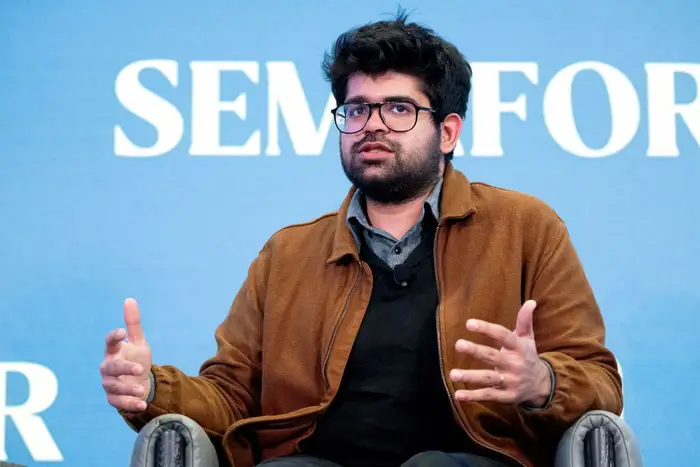In a revealing interview with Bloomberg, Google’s design chief, Ivy Ross, confirmed that the company will introduce major visual redesigns of its Pixel smartphones on a bi- to tri-yearly cadence. According to Ross, this pattern has already been set in motion: while the fresh design language debuted with the Pixel 9 series, the Pixel 11 (2026) is already locked in for its own update—with development on Pixel 12 (2027) underway.
Context: Why the Change and What Else Got Paused?
- No Flip Phone or Tablet Right Now
Google reaffirmed that a Pixel flip-foldable phone is not in the cards, and tablet development remains “paused”. The company cites increased maintenance complexity for users as a key reason: every new hardware category adds to end-user burden.TechRadar
What This Means for Consumers & the Brand
| Timeframe | Impact |
|---|---|
| 2025 | Minor design tweaks with Pixel 10; evolutionary refinements expected. |
| 2026 | Pixel 11 will bring a substantial visual overhaul. |
| 2027 | Pixel 12 design development is already in motion. |
| Long-Term | Fewer but more thoughtful redesigns could deliver more polished devices and greater longevity. |
Why It Matters
- More Meaningful Design Evolution
Annual refreshes risk becoming routine. A 2–3-year design cycle allows Google to innovate meaningfully and let flagship devices mature. - Consistent Emphasis on AI & Software
Google continues insisting that hardware serves as a canvas for its AI-forward mobile platform rather than being the centerpiece alone. - Simplified Focus
By stepping back from new product categories like tablets and flip phones, Google is streamlining its design focus and curating its product ecosystem
Final Thought
Google’s new bi-tri-year redesign strategy signals a shift toward deeper, more refined device evolution rather than yearly facelifts. With the Pixel 11 and 12 already on the design roadmap—and a streamlined product lineup—the company seems poised to bring more thoughtful, lasting innovation to the Pixel series.

